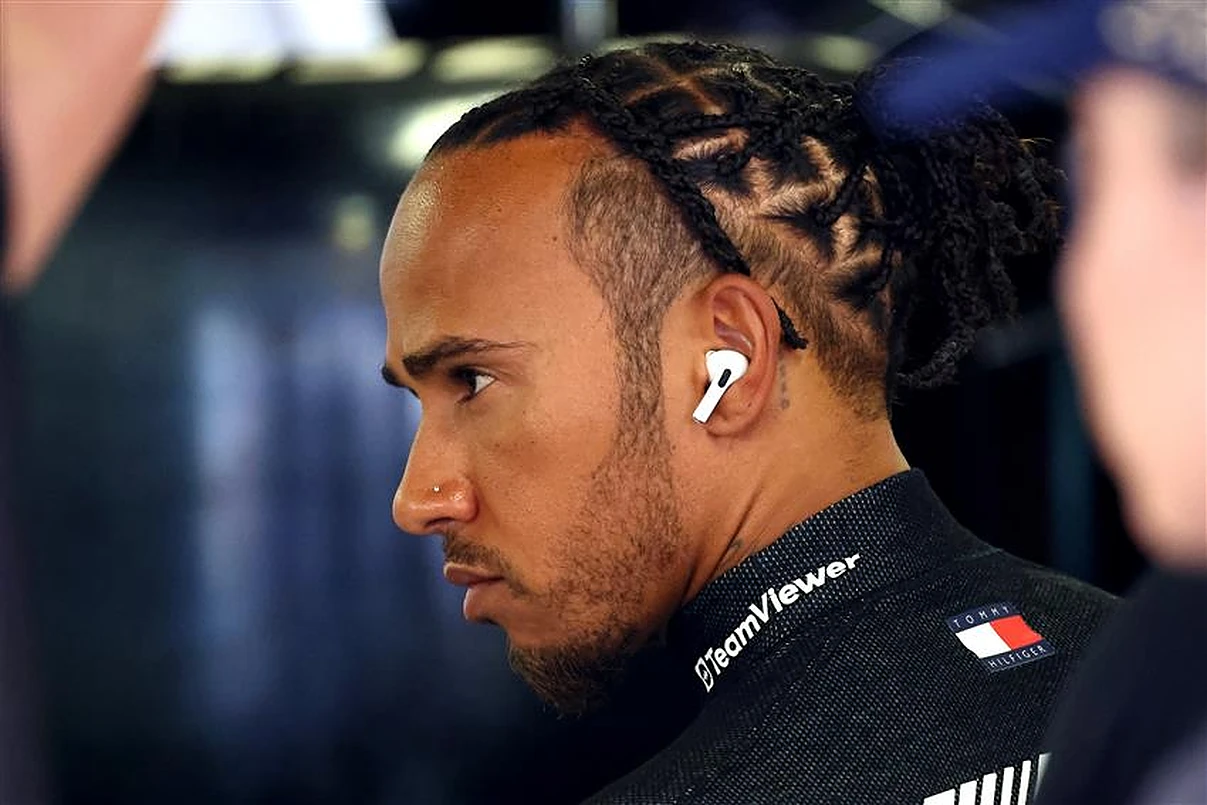The Mercedes W15 has stirred up significant interest in the F1 paddock during the initial phases of pre-season testing in Bahrain, particularly due to its front wing.
There are lingering doubts surrounding the compliance of Mercedes’ F1 front wing design with the regulations set by the FIA, raising questions about its alignment with the “spirit of the regulations”.
As F1 testing progresses in Bahrain, clearer visuals of the Mercedes front wing design have surfaced.
Characterised by three flaps, the Mercedes front wing displays a distinctive feature where the upper flap is linked to the nose via a small carbon fibre component.

READ: Red Bull divided over Christian Horner’s punishment
The design incorporates two flaps connected to the nose, aiming to emulate the ‘Y250 vortex’, a phenomenon associated with the previous generation of front wings (pre-2022), which enhanced downforce.
There’s anticipation that the FIA will scrutinise this particular design to ensure it facilitates easier overtaking and wheel-to-wheel racing in accordance with the current rules.
During F1’s testing coverage, technical expert Sam Collins delineated the fundamental disparities between Mercedes’ innovative design and the more conventional approach adopted by Sauber.
“What Mercedes have done is really clever here is they’ve got this outer element, the upper blade of the four bits of the front wing,” he explained.
“It’s just essentially a wire is only there to meet the regulations saying that all those blades and elements have to be continuous all of the way through the entire front wing structure without gaps or limitations or slots that we used to see.”
Collins elucidated how Mercedes has deviated from the norm by creatively manipulating the front wing structure, particularly evident in the elimination of the inner section.
READ: Lawrence Stroll makes Aston Martin demand
He expressed scepticism regarding the ease of replication for other teams, emphasising the intricate interplay between the front wing and the overall car dynamics.
“It’s something every team up and down the pit lane will be scurrying off into the wind tunnel to take a really close look at what the team is trying to do,” he remarked.
“It’s not something you can just copy – it has a massive impact on all of the rest of the car.”

